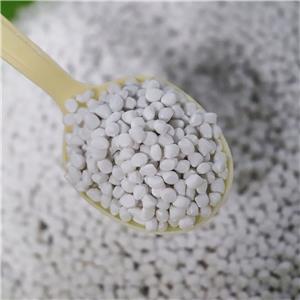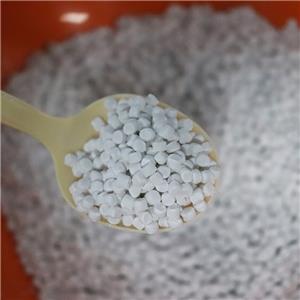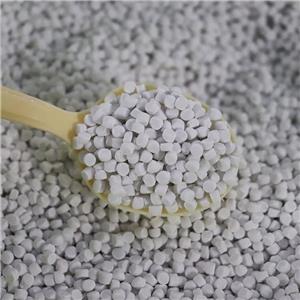Effect of talc on the properties of PP materials with different matrices
1, talc and EPDM on PP notched impact strength: when the addition of talc, notched impact strength first rise and then fall, when the talc filling amount of 10% to 20%, the system performance is optimal. When the content of modified talc is low, the dispersion uniformity in PP is better, with the increase in the content of talc in the matrix resin, in the composite blending system can play a stress concentration point of the particles and subsequently increase the strength of the system has been improved; and when the content of modified talc is greater than 20%, the continued increase in the content of talc particles leads to the dispersion uniformity deterioration, resulting in an increase in the interfacial defects, and the toughness of the materials The toughness of the material is gradually reduced. Moreover, the impact toughness of modified PP was improved after adding EPDM.
2, talc and EPDM on PP tensile strength: talc content in 20% or less of the tensile strength of the material has a small increase, when the talc content in 20% or more, with the increase in the content of the tensile strength of the material gradually decreased, mainly due to the further increase in talc, weakening the polypropylene intermolecular gravitational force caused by the general law of inorganic filler is consistent. Moreover, the tensile of modified PP was affected and decreased after adding EPDM.
3, the effect of talc and EPDM on the flexural strength of PP: with the increase of talc content, the flexural strength of polypropylene plastics was improved, and then there is a decreasing trend. At the same time, with the increase in the amount of EPDM, the flexural strength of modified PP tends to decrease.




